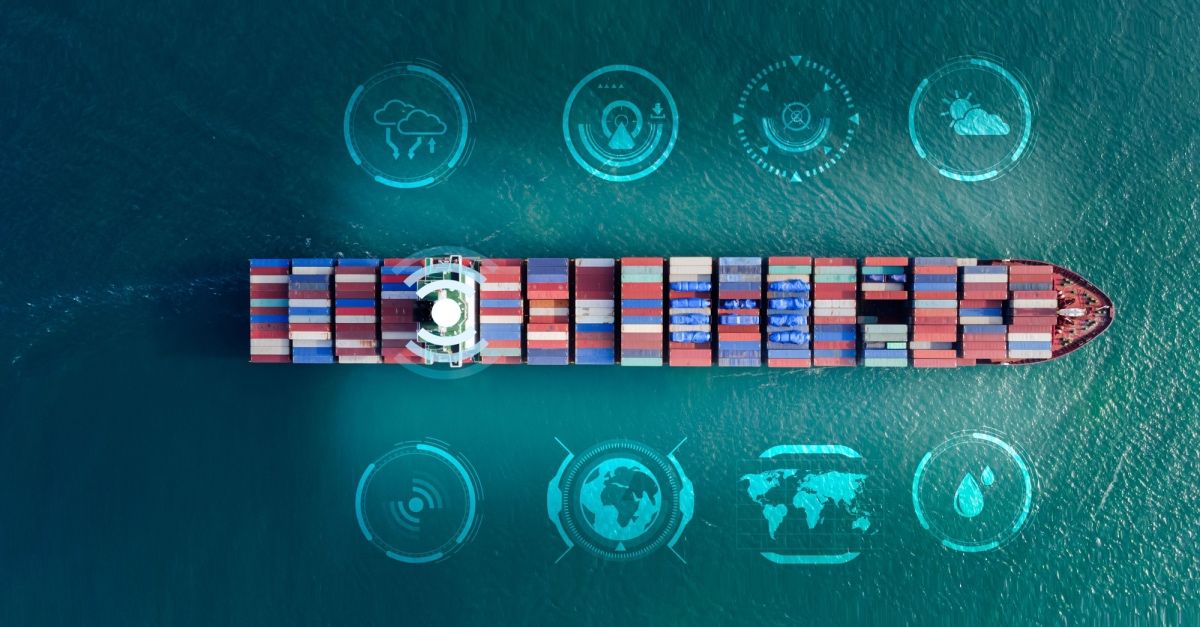
Problems & Solutions: Three Challenges of Sustainable Procurement
When a company’s procurement specialists seek to adopt sustainability initiatives, the company is implementing procedures that aim to fulfill an environmental, social, or governance (ESG) objective. This might mean committing to reduce a company’s greenhouse gas (GHG) emissions footprint by a certain percentage within a set time frame — an environmental goal— or it might mean encouraging volunteerism among employees — a social goal. It could also mean ensuring transparent financial practices — a governance goal.
Businesses may be pursuing sustainability initiatives to comply with regulatory schemes, such as meeting the GHG emissions reduction targets of the 2016 Paris Agreement. They may also be under pressure to reduce Scope 3 emissions, which come from assets not owned or controlled by the reporting organization, or they may be seeking to meet consumer demand to adhere to sustainable practices.
Within logistics, companies might face pressure not only to meet sustainability initiatives but also to minimize costs. Both goals might appear on the surface to contradict each other. However, businesses can employ several strategies to meet these two goals, such as using technological tools that monitor both costs and CO2 emissions. Companies can realize that implementing sustainability initiatives and stewarding costs well are not mutually exclusive.
What is Sustainable Procurement?
Individual companies may seek to adopt sustainability initiatives through the procurement process, which is the act of aligning ESG goals while a business is seeking to procure raw materials or services for logistics or manufacturing.
Sustainable procurement within logistics might look like seeking to adhere to ESG goals during the tender season, which is the annual period when shippers seek proposals from carriers defining transportation services for the upcoming year. As procurement specialists negotiate rates and a tender’s terms, they might also seek to implement sustainability-related provisions into the tender.
Easier Said Than Done: Three Challenges of Sustainable Procurement
There are three challenges to incorporating sustainability initiatives into the procurement process. However, there are also ways to meet and overcome these challenges, as Searoutes has witnessed when working with clients.
1. Balancing Cost and Sustainability
Businesses may feel under pressure to balance eco-friendly practices with financial efficiency and maintaining lower costs.
Costs associated with adopting sustainable practices within the supply chain are sometimes admittedly higher: new and evolving technologies such as wind-powered and hydrogen-powered ocean vessels may cut emissions drastically compared with more traditional transport options, but they can also come with a high price tag if a company chooses to use them.
However, shippers have at their fingertips technological tools that can balance financial efficiency and eco-friendly practices by focusing on conditions related to route optimization. For instance, Searoutes’ Routing API tool calculates distances and arrival times, monitors fuel consumption, estimates CO2 emissions from the journey, and computes deviation costs.
2. Finding the Perfect Fit
Another challenge is encouraging suppliers and carriers to also adopt sustainable practices.
To address this issue, shippers and their procurement specialists might consider discussing the importance of effective communication and collaboration with their partnering suppliers and carriers to encourage sustainable practices. Shippers could also consider partnering with suppliers who have already embraced sustainable logistics.
3. Keeping Ahead of the Regulatory Wave
A third challenge for shippers and procurement specialists is aligning procurement practices with diverse and evolving environmental regulations. Shippers, suppliers, and carriers all navigate global, regional, and industry-specific standards, so all parties must maintain an accurate understanding of emissions to avoid surcharges. Shippers might also need insight into how current events, such as the Red Sea disruptions, affect their carbon emissions output.
To do this work, procurement specialists can utilize data analytics tools that not only support current decision-making but can also aid in forecasting future sustainability trends.
How Searoutes Can Help Procurement Specialists Gain Insight
Using accurate data, such as data on a given vessel’s CO2 emissions, its position, and its arrival time, can help procurement specialists as they seek to reinforce their company’s sustainability initiatives in the supply chain.
Searoutes specializes in using sustainability-facing data to help businesses make the right decisions. We offer three tools:
- Vessel API, which helps you keep track of a vessel’s position and provides historical trace information of numerous vessels.
- Routing API, which monitors fuel consumption, tracks carbon emissions, and calculates accurate routes and sea distances.
- CO2 API, which enables users to search for optimal routes and their related carbon emissions.
Contact Searoutes today to learn how our tools can help you effectively implement sustainability initiatives.
procurement and sustainability, sustainability in procurement, sustainable procurement